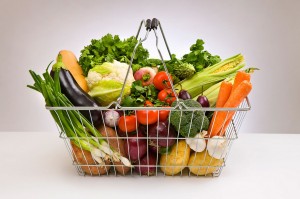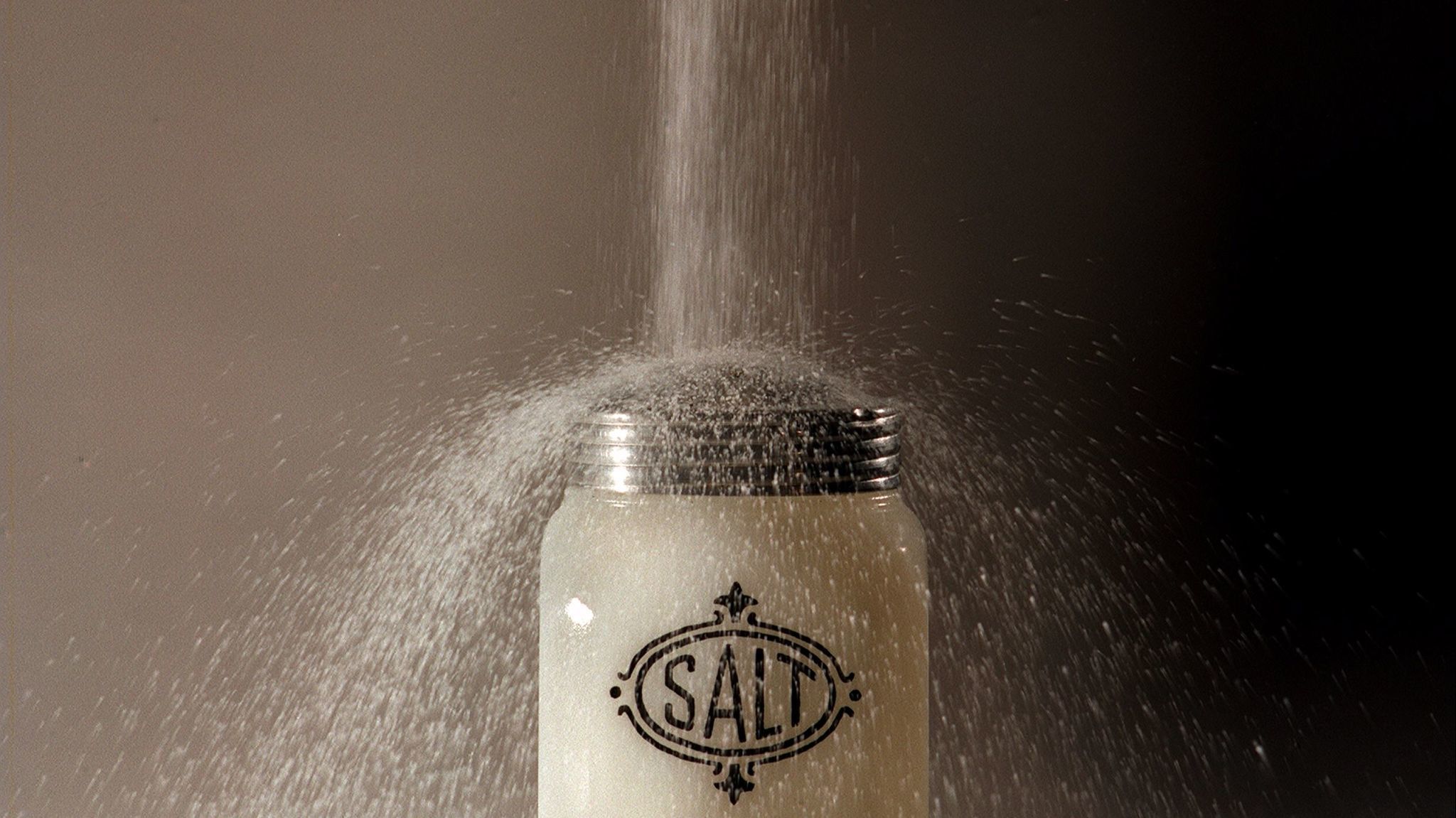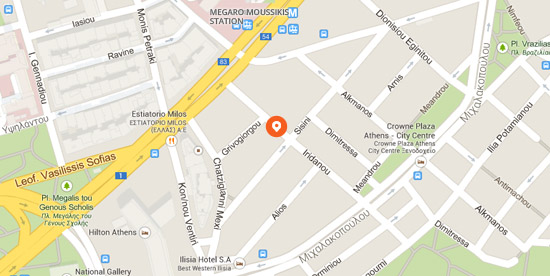5 tips to reduce salt consumption
Increased salt consumption raises the likelihood of developing hypertension. The latter contributes to the development of heart and renal disease as well as stroke. By reducing the amount of salt we eat the likelihood of developing such diseases is decreased.
It is recommended, for a healthy adult, to consume 1 teaspoon of salt (5 grammars) per day, a quantity which includes the salt contained in the food he or she eats. While, for people with increased blood pressure, aged over 50, suffering from diabetes etc., an even smaller quantity is recommended (2/3 of a teaspoon per day).
Many foods, even some that don’t taste salty, do contain salt. Read below 5 tips that will help you reduce the salt in your food.
Choose fresh foods
The majority of processed foods have a high concentration of salt therefore choose fresh ones. For instance, fresh meat instead of processed, fresh vegetables instead of pickled, fresh tomato instead of ketchup etc.
Read the labels
Look at the foods labels to check salt concentration. Many times salt is referred as Sodium and that may confuse you. To specify the quantity of salt contained multiply the quantity of sodium by 2.5. For example 0.5 gr. of sodium are equal to (0.5 x 2.5) = 1.5 gr. of salt.
- If a food has 1.5 gr. of salt or more per 100 gr. then that food has a high concentration of salt.
- If it’s 0.3 gr. or less per 100 gr. then the food has a low concentration of salt.
- If it’s between 0.3 and 1.5 per 100 gr. then the food has a medium concentration of salt.
Make your food tastier
Prefer herbs and spices instead of salt to make your food tastier. Remember that you have a wide variety from which to choose, like for example pepper, dill, basil, paprika, nutmeg, oregano, rosemary, ginger, spearmint and others. You may also use lemon, garlic, onion and so on. Do not add salt when you cook and remove the salt shaker from the table.
Record the quantity of salt you put in food
If you don’t know, but would like to determine how much salt you eat, make a log of one the salt concentration of the foods and drinks you have, and two the quantity of salt added during cooking and/or at the table.
If you’re struggling
If you cannot reduce the salt you eat straight off, reduce it gradually. You’ll see that in time it’ll be easier to cut it down and you’ll get used to it.








